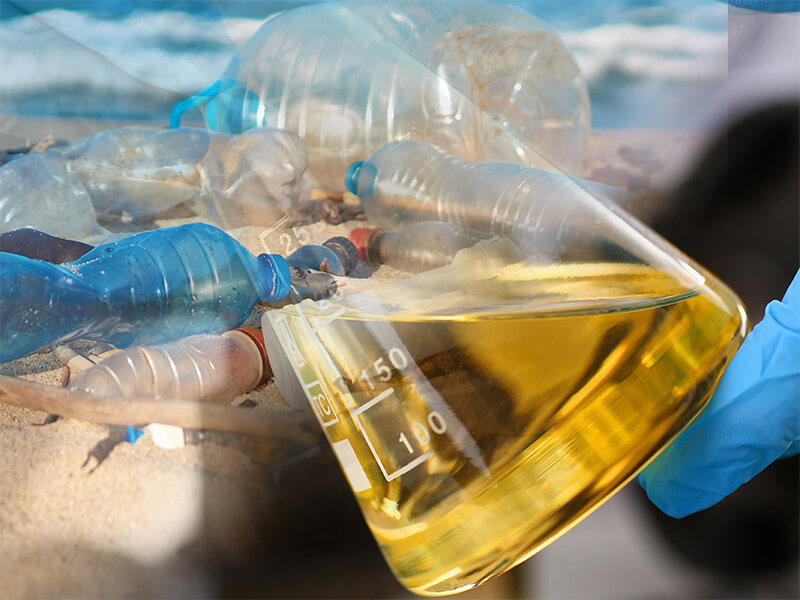SAN FRANCISCO — The chemical industry seems to have taken notes from the tobacco industry on communicating accurate health information. After analyzing previously secret documents, researchers from the University of California-San Francisco have found that makers of “forever chemicals” knew that exposure posed a danger to humans — but didn’t reveal that information.
“These documents reveal clear evidence that the chemical industry knew about the dangers of PFAS and failed to let the public, regulators, and even their own employees know the risks,” says Tracey J. Woodruff, PhD, professor and director of the UCSF Program on Reproductive Health and the Environment (PRHE), a former senior scientist and policy advisor at the Environmental Protection Agency (EPA), and senior author of the paper, in a university release.
PFAS (per- and polyfluoroalkyl substances), are chemicals commonly found in clothing, household items, food, and packaging materials. They are incredibly difficult to break down, which is why they’re called “forever chemicals.” Nowadays, scientists are also finding them in people and the environment.
The documents are from DuPont and 3M, the largest manufacturers of PFAS. They have been analyzed for the first time using methods originally designed to expose similar tactics used by the tobacco industry. The documents were first uncovered in a lawsuit filed by attorney Robert Bilott, who was the first to successfully sue DuPont for PFAS contamination.
“Having access to these documents allows us to see what the manufacturers knew and when, but also how polluting industries keep critical public health information private,” explains first author Nadia Gaber, MD, PhD, who led the research as a PRHE fellow and is now an emergency medicine resident. “This research is important to inform policy and move us towards a precautionary rather than reactionary principle of chemical regulation.”
The paper trail goes back to the 1960s
In the paper, the team documented a timeline of what the industry knew in comparison to what the public knew, analyzing the strategies that the industry used to keep the information from getting out in order to protect the product. Here are some examples:
- As early as 1961, a company report revealed that Teflon’s Chief of Toxicology discovered that Teflon materials had “the ability to increase the size of the liver of rats at low doses,” advising that the chemicals “be handled ‘with extreme care’ and that ‘contact with the skin should be strictly avoided.’”
- A 1970 internal memo revealed that the DuPont-funded Haskell Laboratory found C8 (one type of PFAS) to be “highly toxic when inhaled and moderately toxic when ingested.” Again in 1979, a private report explained that Haskell labs found that dogs exposed to a single dose of PFOA “died two days after ingestion.”
- In 1980, DuPont and 3M learned that two of eight pregnant employees who had worked in C8 manufacturing gave birth to children with birth defects. Still, the company didn’t publish the discovery nor tell other employees about it. The year after, an internal memo stated, “We know of no evidence of birth defects caused by C-8 at DuPont.”

There are several more instances like this, and despite them all, DuPont reassured their employees in 1980 that C8 was comparable to table salt in toxicity. In 1991, they doubled down on downplaying the toxic potential, stating the following in a press release: “C-8 has no known toxic or ill health effects in humans at concentration levels detected.”
As the years went by, the public slowly became more informed on the dangers of PFAS, and DuPont went through lawsuits between 1998 and 2002. In light of this, they emailed the Environmental Protection Agency (EPA) asking for support, stating: “We need EPA to quickly (like first thing tomorrow) say the following: That consumer products sold under the Teflon brand are safe and to date there are no human health effects known to be caused by PFOA.”
However, this didn’t work in their favor. The EPA ended up fining them for not disclosing their findings in 2004. In fact, the $16.45 million settlement was the largest civil penalty under environmental laws at the time. While it seems like a lot, this only took a small chunk out of DuPont’s $1 billion annual revenues from PFOA and C8 in 2005.
“As many countries pursue legal and legislative action to curb PFAS production, we hope they are aided by the timeline of evidence presented in this paper,” concludes Woodruff. “This timeline reveals serious failures in the way the U.S. currently regulates harmful chemicals.”
The findings are published in the journal Annals of Global Health.

